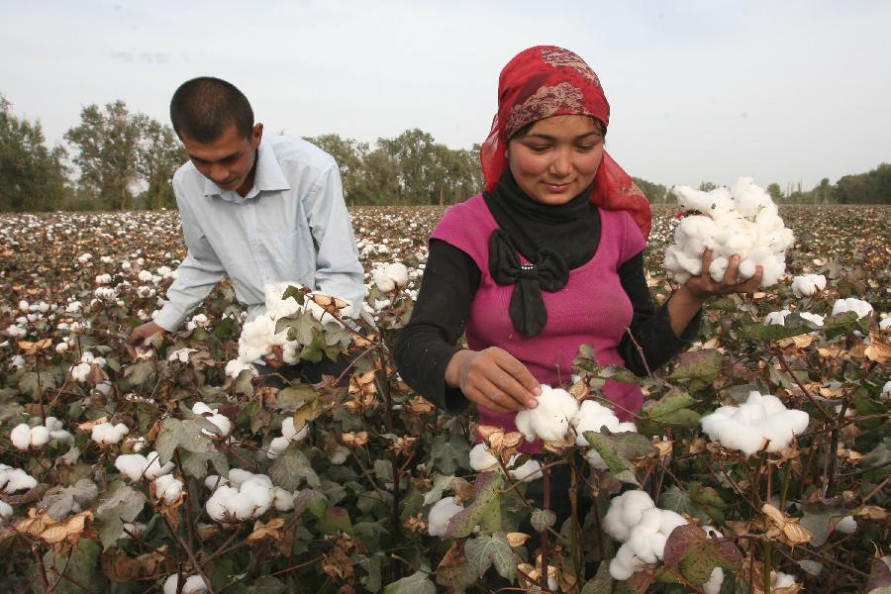According to the latest USDA supply and demand report, global cotton market is still oversupplied in 2020/21 season, while the supply and demand situation continues to improve from last month, especially after the vaccine news, downstream cotton consumption may accelerate, supportive to international cotton prices. ICE cotton futures market may be range-bound firmly in short.
1. Global cotton market remains oversupplied in 2020/21 season
According to USDA's November supply and demand report, the gap between global cotton production and consumption in 2020/21 is estimated at 410,000 tons, a sharp drop from the previous season, while the ending stocks are forecast to increase to 22.09 million tons, a new high since 2015/16 season. The stock-to-use ratio is estimated to fall by 9% to 89% in 2020/21 season, but it is still a historical high. The global cotton market is still in an oversupply situation.

2. The global cotton supply and demand situation in 2020/21 is improving gradually
According to USDA's November supply and demand report, global cotton production may be 25.28 million tons, a decrease of 30,000 tons from October; global cotton consumption may be 24.87 million tons, a fall of 20,000 tons; the global cotton ending stocks may be 22.08 million tons, an increase of 70,000 tons from October. The data is generally neutral.
In terms of production, the cotton production in Australia, China, Uzbekistan, and the United States is estimated to increase by 90,000 tons, 50,000 tons, 30,000 tons, and 10,000 tons respectively from October, while Pakistan’s cotton production is forecast 170,000 tons lower. What needs to be noticed here is that the US cotton production. Previously, market players had strong expectations for a reduction in its production, especially the published data: by the week ending November 5, 2020, the total inspection volumes of upland cotton and Pima in the United States was 976,800 tons, a year-on-year decrease of 38.8%. However, the USDA raised the production of U.S. cotton slightly, indicating that the actual production of U.S. cotton may be higher than market expectations. However, Pakistan’s cotton production may continue to decline significantly this season, offsetting the expectations of higher cotton production in other countries, the USDA's forecast on global cotton production in the later period may be stable and slightly lower.
For consumption, cotton consumption in Uzbekistan and the United States in 2020/21 both forecasts to rise by 10,000 tons from October, while cotton consumption in Pakistan may decrease by 40,000 tons. Pakistan may be affected by another outbreak in Europe and the United States, but the latest news shows that a reliable vaccine has come out. Later, as people around the world are vaccinated, the consumption for cotton will recover gradually.
In terms of ending stocks, the ending stocks in China, Australia and Brazil are forecast to increase by 50,000 tons, 40,000 tons and 10,000 tons respectively from the estimation in October, while Pakistan is forecast to reduce by 20,000 tons. Combined with the above estimates of changes in global cotton production and consumption, the global cotton ending stocks may be stable to decrease overall. The supply and demand situation is supposed to improve further.
In summary, according to the latest USDA supply and demand report, global cotton market is still oversupplied in 2020/21 season, while the supply and demand situation continues to improve from last month, especially after the vaccine news, downstream cotton consumption may accelerate, supportive to international cotton prices. ICE cotton futures market may be range-bound firmly in short.


